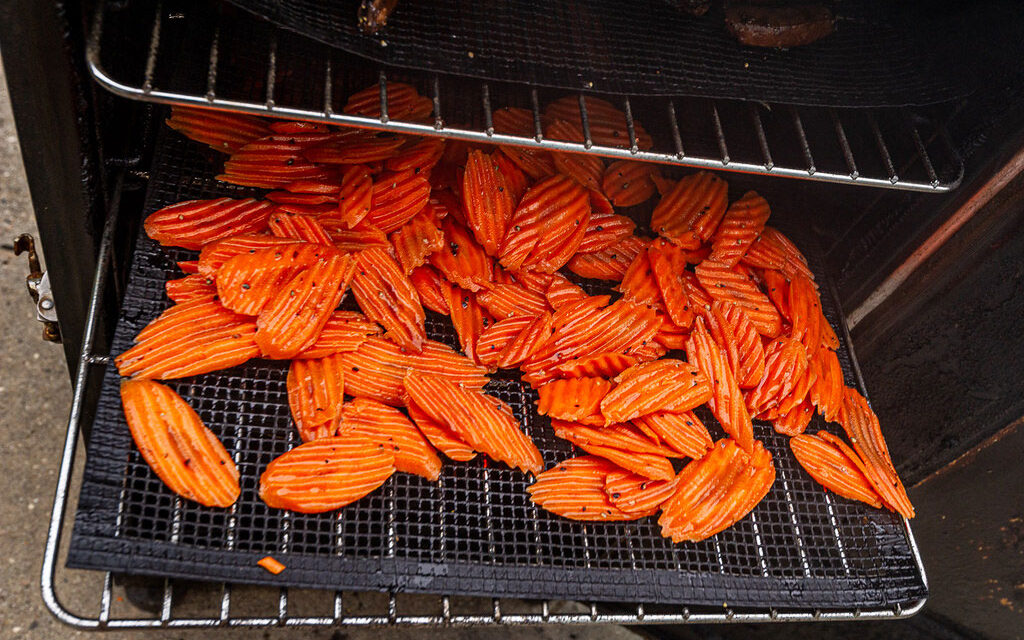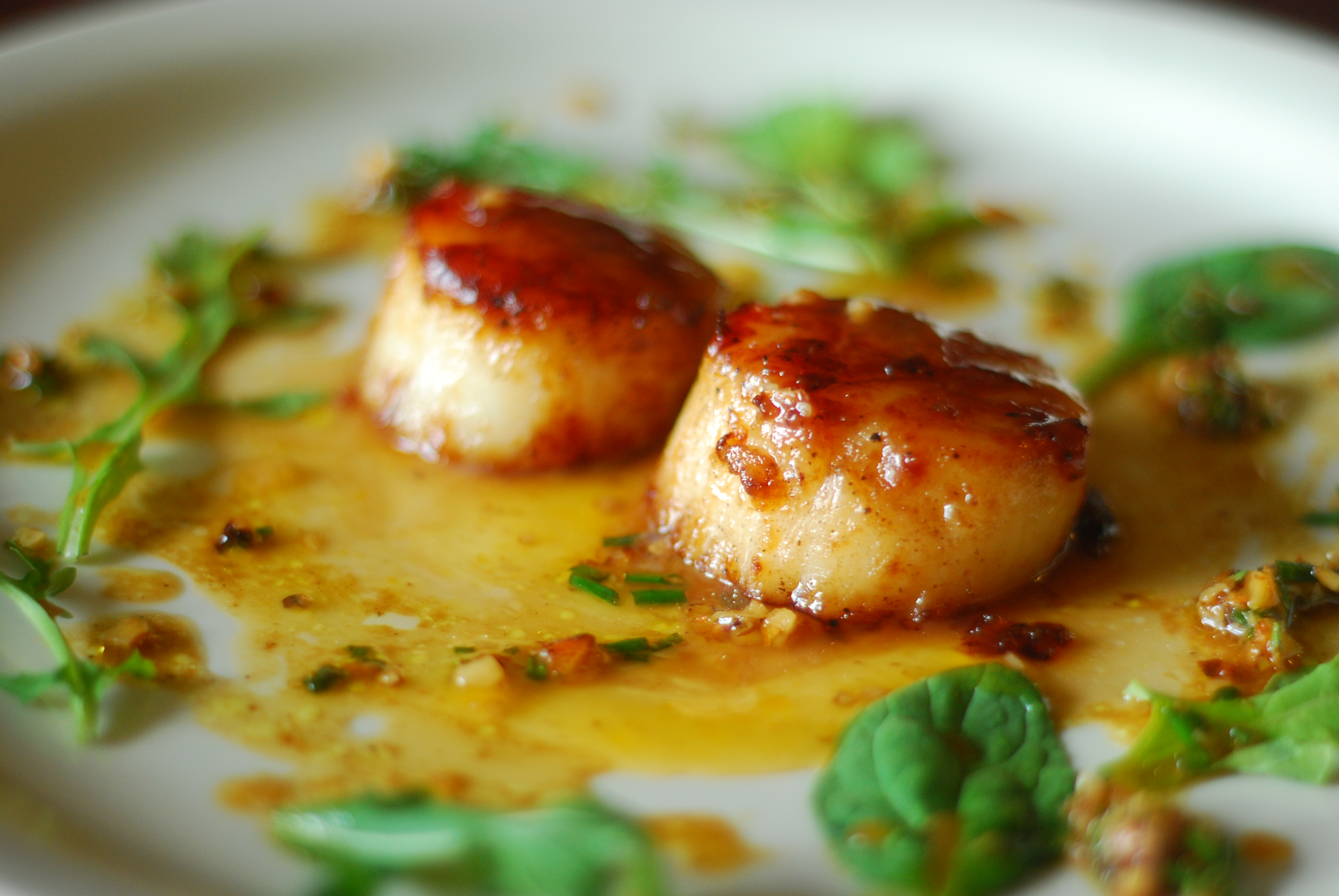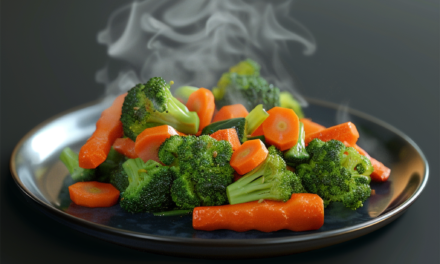What is Cold Smoking?
Cold smoking is a technique that involves exposing food to smoke at low temperatures, typically between 68°F and 86°F (20°C and 30°C), without cooking the food. This method is primarily used for flavor enhancement and food preservation. Unlike hot smoking, where food is cooked during the smoking process, cold smoking imparts a rich smoky flavor to food without altering its texture significantly.
How to Cold Smoke:
- Set Up Your Smoker:
Cold smoking requires a smoker that allows for the control of temperature. You can either use a dedicated cold smoker or adapt a regular smoker to control the heat. If you’re using a regular smoker, a cold smoking attachment or separate smoke box can be used to produce smoke without direct heat. - Choose the Right Wood:
Choose wood chips or chunks with mild flavors such as apple, cherry, or alder. Stronger woods like hickory or mesquite are usually avoided for cold smoking, as they can overpower the food. - Prepare the Food:
Cold smoking is commonly used for meats, fish (like salmon), cheeses, and even vegetables. Foods should be cured or salted before cold smoking to draw out moisture, which helps prevent spoilage. - Smoking Process:
Place the food in the smoker, and allow it to smoke for several hours or days, depending on the type of food and the desired level of smokiness. Regular monitoring of temperature and smoke levels is crucial.
Why Cold Smoking is Important:
- Flavor Enhancement: Cold smoking adds a deep, aromatic smoky flavor to food, enhancing its taste profile without cooking it.
- Preservation: Historically, cold smoking was used as a preservation method for meats and fish, extending their shelf life by inhibiting bacterial growth and dehydration.
- Versatility: Cold smoking can be used on a wide range of foods—from fish and meats to cheeses, nuts, and even salts—making it a versatile tool in the kitchen.
Cold smoking is a fantastic way to introduce complex flavors into your food while preserving its original texture. With proper techniques, this method can elevate your dishes and add a distinct smokiness that is cherished by chefs and home cooks alike.






